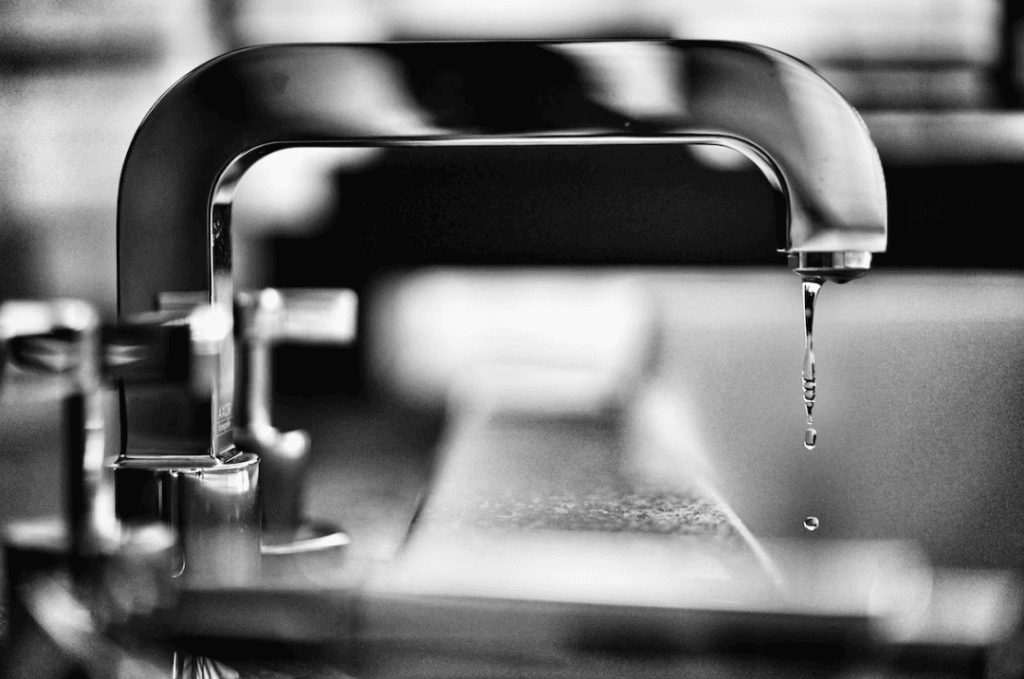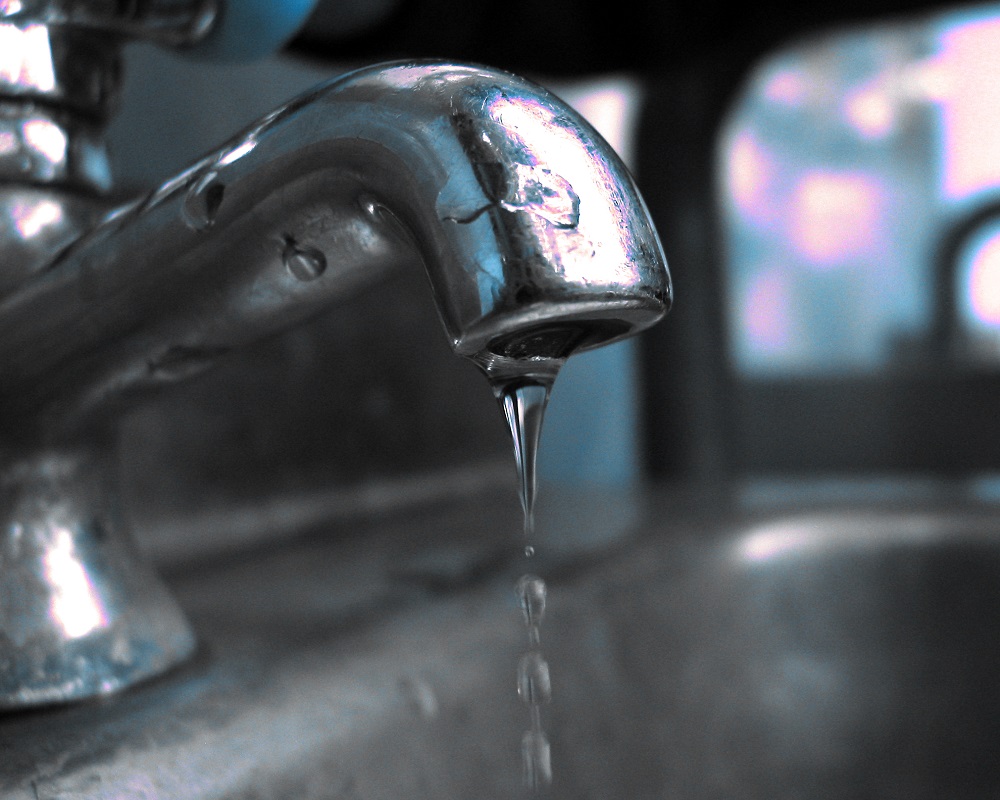What Faulty Faucets Ought to Be Repaired Swiftly
What Faulty Faucets Ought to Be Repaired Swiftly
Blog Article
We have noticed this post relating to Here's How to Fix a Leaky Faucet down the page on the internet and think it made perfect sense to quickly share it with you in this article.

Intro
A leaking tap may appear like a small nuisance, but its repercussions expand far past the occasional drip. Comprehending the effects of a leaking tap is vital for both property owners and the environment. In this write-up, we'll discover the various effects of this typical house problem and why addressing it without delay is essential.
Root Causes Of Leaky Faucets
Leaking faucets can result from a variety of aspects, consisting of wear and tear, high water pressure, and corrosion. Over time, the continuous use of taps can cause damaged seals and gaskets, causing leakages to create. In addition, excessive water stress can put strain on plumbing fixtures, bring about leakages. Rust and rust can likewise deteriorate tap elements, making them susceptible to leakage.
Water Wastage
Among the most substantial consequences of a dripping tap is water waste. Even a tiny drip can amount to gallons of wasted water over time. This not just increases water expenses but also contributes to water scarcity and environmental degradation. Resolving leaky taps promptly is vital for conserving this precious resource and reducing its effect on the earth.
Financial Impact
In addition to wasting water, leaky taps can likewise have a significant economic effect. Raised water expenses are a straight consequence of water wastefulness, costing property owners hundreds of bucks yearly. Moreover, the price of repairing water damage caused by leakages can be considerable, especially if left neglected for a prolonged period.
Ecological Impact
The environmental impact of dripping taps extends beyond water waste. By preserving water, home owners can add to wider efforts to reduce water shortage and safeguard natural ecological communities. Sustainable choices such as rainwater harvesting and water-efficient fixtures can further reduce the environmental impact of home water use.
Technical Solutions
Developments in technology have led to the development of clever taps and water-saving tools that help minimize water wastefulness. Smart taps make use of sensing units to discover movement and readjust water circulation accordingly, decreasing waste without giving up convenience. Water-saving tools such as aerators and low-flow showerheads are also effective in preserving water without jeopardizing efficiency.
Worldwide Perspectives
While dripping faucets may feel like a localized problem, they contribute to wider international obstacles such as water deficiency and environment change. In regions currently dealing with water stress, every decrease counts, making leak avoidance and repair service important. By taking on water-saving techniques and buying sustainable modern technologies, house owners can play their component in addressing these pressing worldwide concerns.
Regulatory Steps
Federal government regulations play an essential role in reducing the impact of leaky taps and advertising water conservation. From building codes that require water-efficient components to water-saving motivations and refunds, policymakers have a range of tools at their disposal. By implementing and imposing these policies, federal governments can make sure that house owners prioritize water conservation in their lives.
Area Impact
Addressing leaking taps needs collective initiatives at the area degree. By increasing understanding about the significance of water preservation and providing resources for leak discovery and repair, regional authorities can equip homeowners to take action. Initiatives such as water-saving discount programs and leak discovery projects can incentivize behavior modification and promote liable water usage.
Instance Studies
Real-life instances of the impact of dripping taps highlight the importance of aggressive upkeep and prompt repairs. From water damages to increasing water expenses, the repercussions of ignoring leaks can be severe. By sharing these case studies, house owners can better recognize the importance of addressing dripping faucets promptly.
Educational Campaigns
Educational campaigns play an essential role in raising recognition about the results of leaking faucets and advertising water preservation methods. With workshops, workshops, and online resources, house owners can learn how to find and fix leakages themselves. By empowering individuals with expertise and devices, educational campaigns can cultivate a culture of accountable water use within areas.
Health Concerns
Leaky faucets can create helpful environments for mold and mildew and mold growth, positioning wellness risks to passengers. The presence of mold and mildew can intensify respiratory system issues and allergies, particularly in prone individuals. Additionally, water damages resulting from leaks can endanger the structural integrity of buildings and lead to costly repair work.
DIY vs. Professional Repair work
When faced with a leaky faucet, home owners frequently dispute whether to try repair services themselves or work with a specialist plumber. While do it yourself fixings can save money, they might not always resolve the hidden concern effectively. Professional plumbing technicians have the proficiency and devices to identify and take care of leaks correctly, making certain long-term solutions and peace of mind for homeowners.
Preventive Measures
Stopping dripping taps requires routine maintenance and aggressive measures. Simple jobs such as changing worn-out washing machines and seals can protect against leaks from establishing. Additionally, upgrading to top quality components and lowering water stress can assist prolong the life-span of faucets and reduce the risk of leakages.
Conclusion
Finally, the impacts of a leaking faucet expand much beyond the periodic drip. From water wastefulness and raised water expenses to health and wellness problems and ecological effect, the repercussions of overlooking leakages can be substantial. By attending to leaking faucets quickly and taking on water-saving methods, house owners can reduce these effects and add to a much more sustainable future.
Why You Shouldn’t Ignore a Leaky Faucet in Your Home
What Causes a Leaky Faucet?
Various factors can cause a leak, from loose and worn-out parts to corrosion. Your faucet has four essential components from which most plumbing issues will stem: the O-ring, the valve seat, the washer and the gasket.
What Is an O-Ring?
The O-ring is a stem screw that fastens parts of the faucet in place, preventing water from leaking out of the spout. Depending on your faucet type, the stem might have multiple O-rings. Water will drip from the faucet’s handles and base if this part breaks or deteriorates.
What Is a Valve Seat?
The valve seat controls the flow and temperature of the water. Found at the base of the handle, it works as a seal for the faucet’s stem. The valve seat ensures the water is allowed to flow or is blocked as the handles dictate. You’ll know it’s malfunctioning when water leaks from your faucet’s sides.
What Is a Gasket?
The gasket is found between the water inlet and the valve stem. It creates a seal between the faucet and the sink, holding its joints by aerators attached to the stem’s head. Water will trickle out from the base if the gasket isn’t working.
What Is a Washer?
The washer secures the handles and prevents leakage, serving a similar purpose to the O-ring. While the O-ring is ordinarily round and made from an elastic material, such as rubber, the washer is square-shaped and composed of brass, copper and other hard metals. If it malfunctions, corrodes or has been improperly installed, water will leak out of the handles, causing that incessant faucet drip.
Why Is a Leaky Faucet Dangerous?
A leaky faucet left alone for too long can have significant consequences.
Pest Infestations
Since bugs and rodents gravitate towards the scent of water, a leaky faucet will draw pests to your sink. Both are looking for leaks accessible through crawl spaces, which a faucet provides. If you leave water dripping for too long, you run the risk of an infestation.
Rust
If one of the faucet parts has started to corrode, the resulting rust can spread to your pipes and valves with startling speed. The rust might even lead to cracks or other impairments, resulting in more severe plumbing issues.
Your sink could also sustain damage from a leaky faucet. The water in your tap possesses sparse elements of calcium and iron that can stain your sink with repeated and prolonged exposure. Once those elements in the water have been open to the air for some time, your sink will start to rust, creating marks that can be difficult to remove.
https://www.tomsmechanical.com/blog/why-you-shouldnt-ignore-a-leaky-faucet-in-your-home

I recently found that page on Here's How to Fix a Leaky Faucet while exploring the web. You should take the opportunity to distribute this write-up if you appreciated it. We value your readership.
Report this page